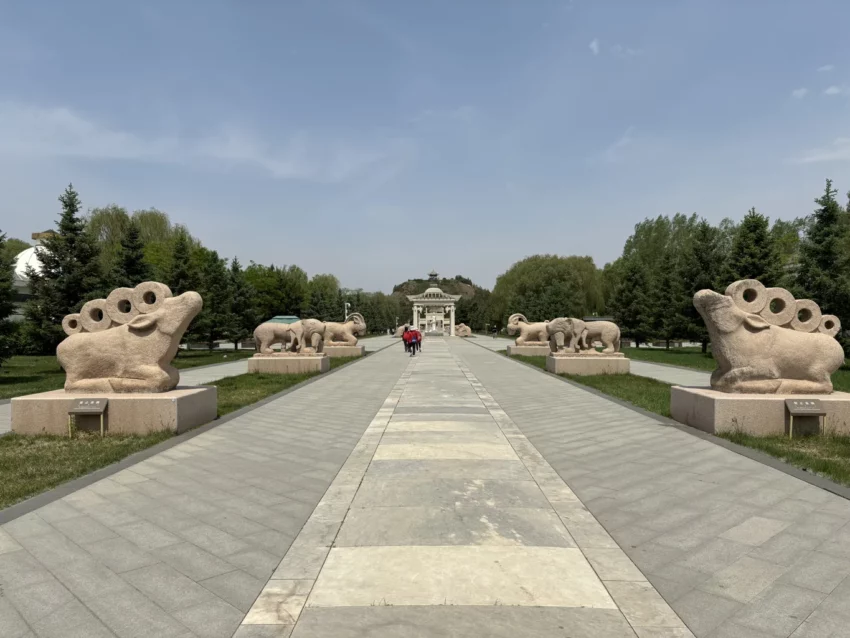The Tomb of Wang Zhaojun: A Symbol of Unity and Friendship
The Tomb of Wang Zhaojun, also known as Qingzhong, stands prominently in the central area of the Zhaojun Museum. This historical site is located on the expansive Hohhot Plain within the Great Wall region of northern China. The tomb, shaped like an inverted funnel, rises about 33 meters high and spans an impressive area of 13,000 square meters. Facing south, it serves as a poignant reminder of historical unity.
Get your dose of History via Email
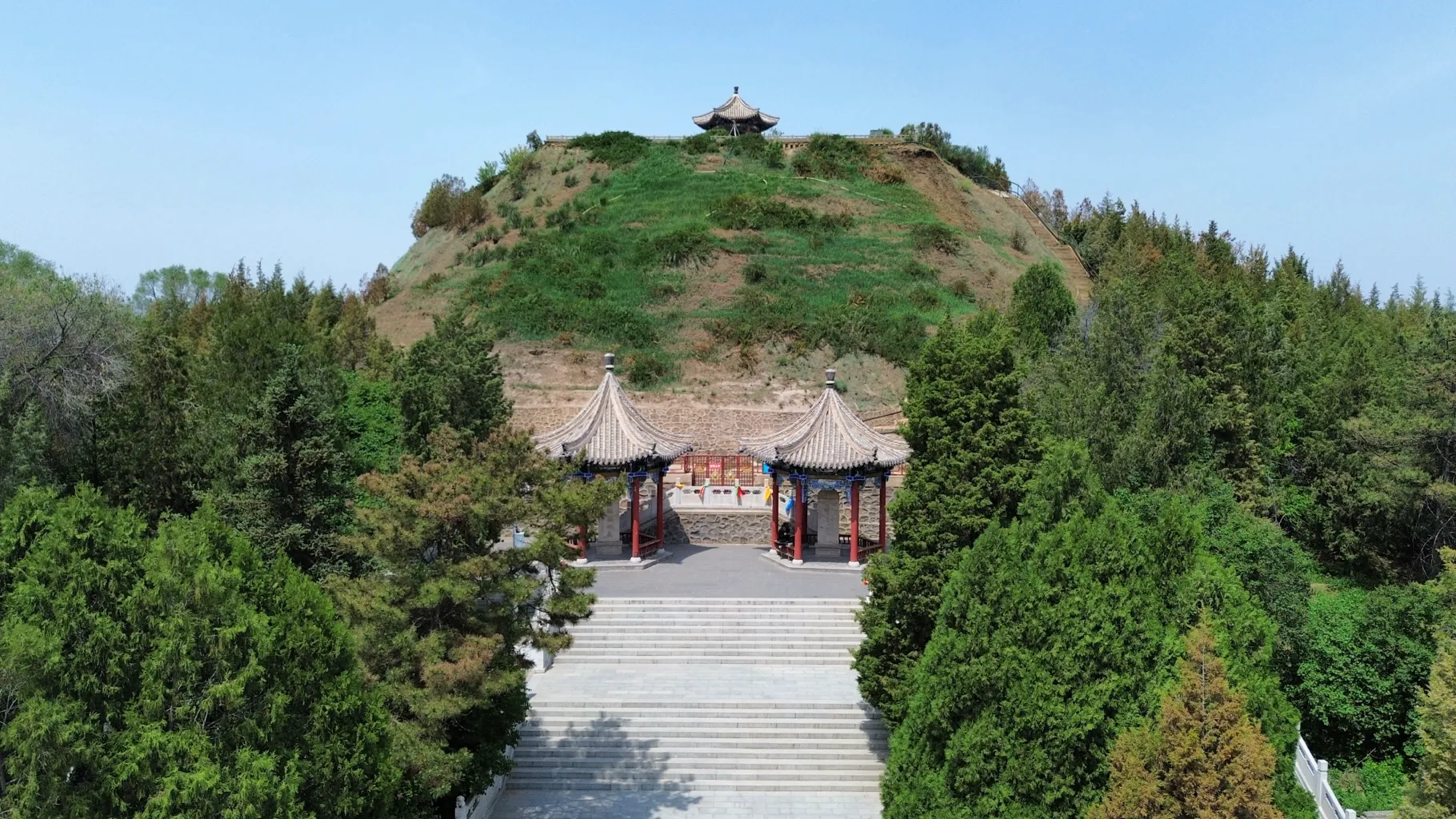
In front of the tomb, the Eight Stone Stele, erected by generals, governors, and government officials from the Qing Dynasty to the Republican period, proudly stands. These steles commemorate the profound impact of Wang Zhaojun’s life and legacy. In 2006, the State Council recognized this site as a “national key cultural relics protection unit,” underscoring its significance as a monument of ethnic friendship and unity.
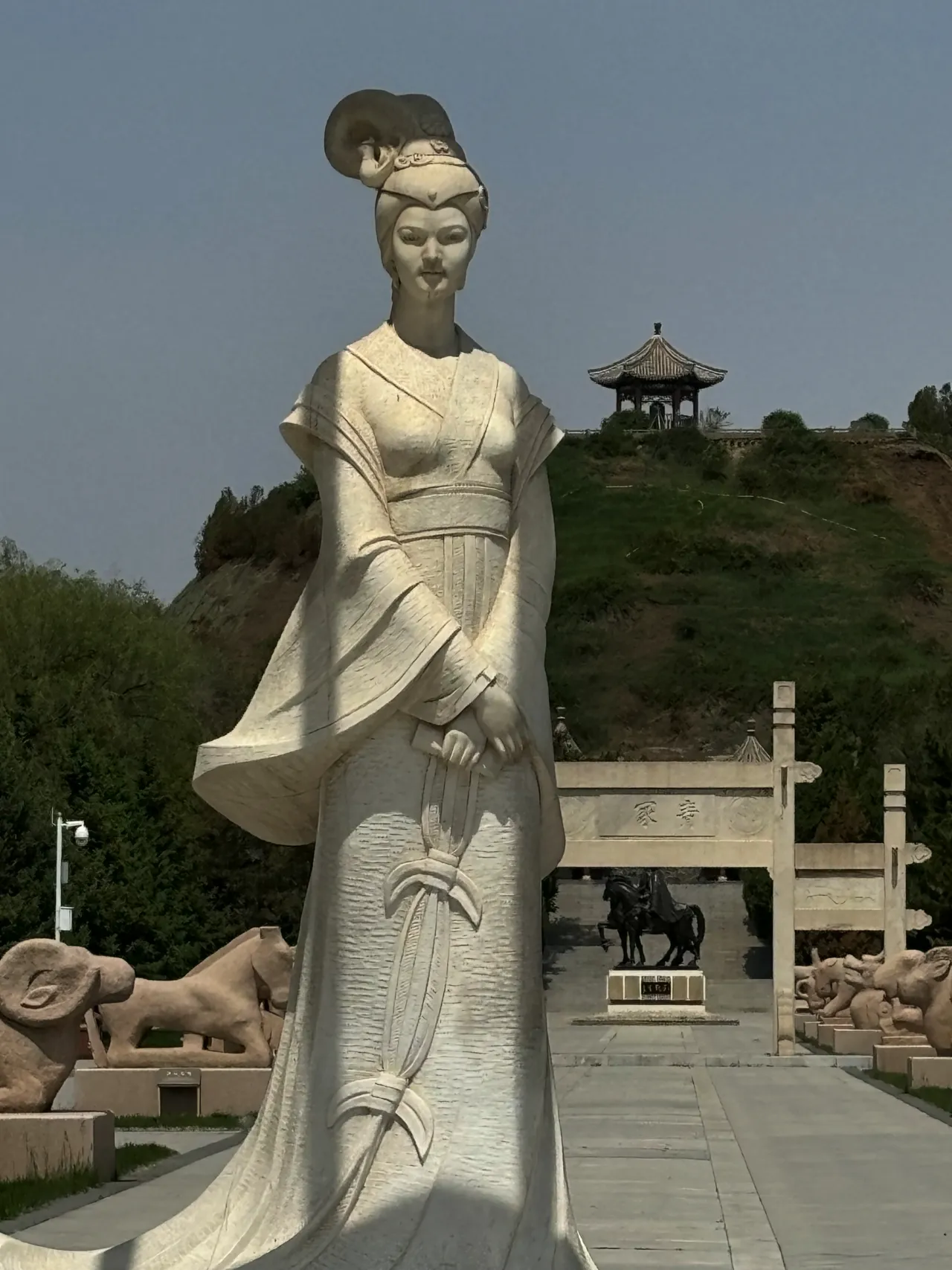
Qingzhong Memorial Gate
Located in the Depository of Wang Zhaojun Tomb Cultural Relics in Hohhot City, the Qingzhong Memorial Gate stands as a tribute to honor and commendation. Constructed from white marble, the gate features three plaques and four soaring pillars. The magnificent architrave, embossed with a phoenix pattern, highlights the artistic craftsmanship of the era.
Inscribed on the architrave are two Chinese characters, penned by Wulanfu, the then vice president of the State in 1986. These characters are derived from “The Ode to the Historical Site,” a poem by the renowned Tang Dynasty poet Du Fu. The Qingzhong Memorial Gate is not only a significant architectural feature but also one of the iconic cultural heritage scenic spots of the Zhaojun Museum, attracting visitors who wish to connect with the profound historical narratives of the region.
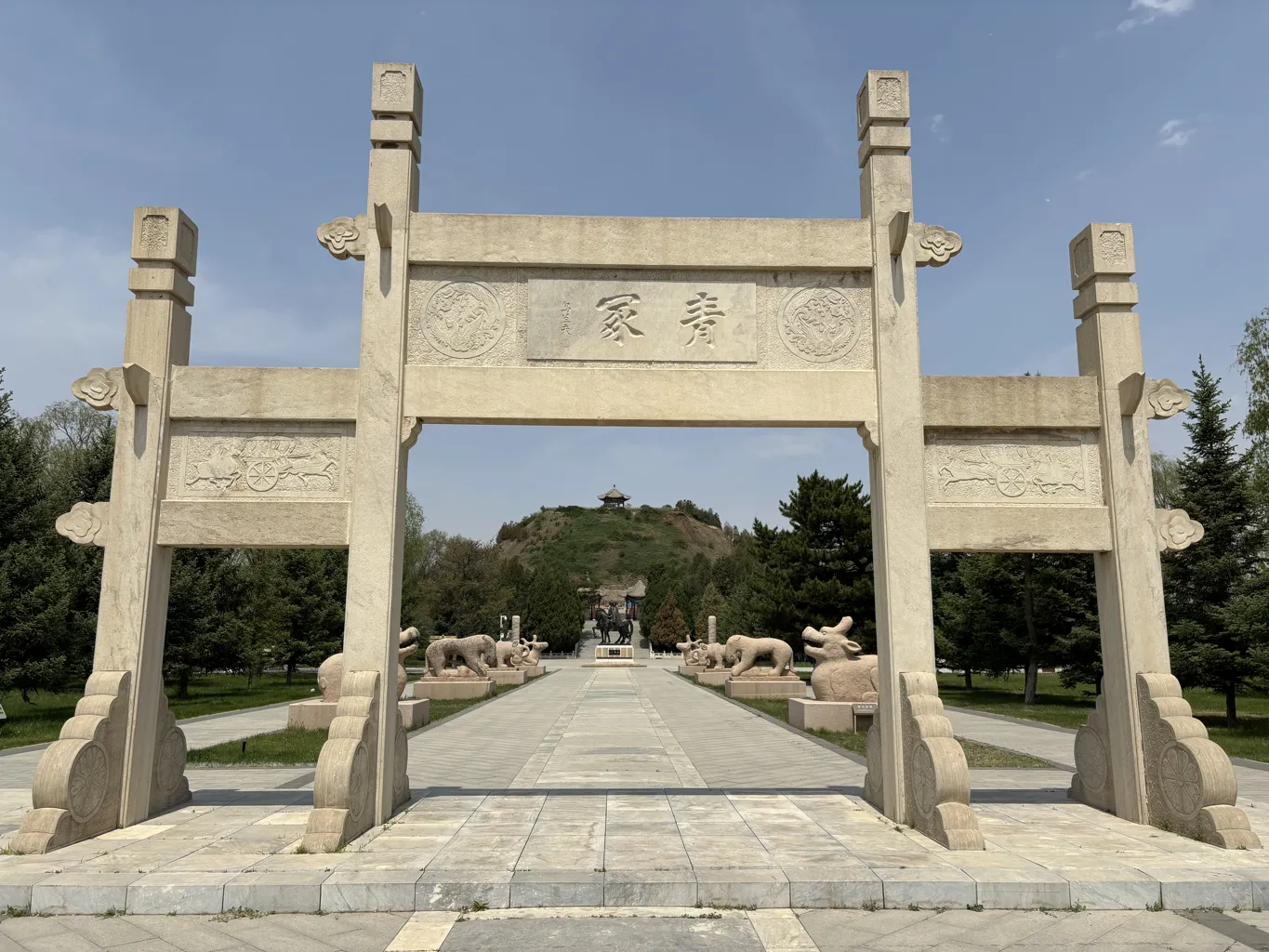
The Memorial Bronze Statue by Pan He
In 1987, the renowned Chinese sculptor Pan He completed the Memorial Bronze Statue, standing 3.95 meters high. This statue, prominently featuring Wang Zhaojun and Hu Hanxie riding together, symbolizes mutual support and unity. Engraved on its base are the Chinese characters “和亲,” which translate to “Zhaojun went out to the frontier and made peace between Hu and Han through marriage.” This powerful representation has become a national symbol of friendship, unity, and patriotism.
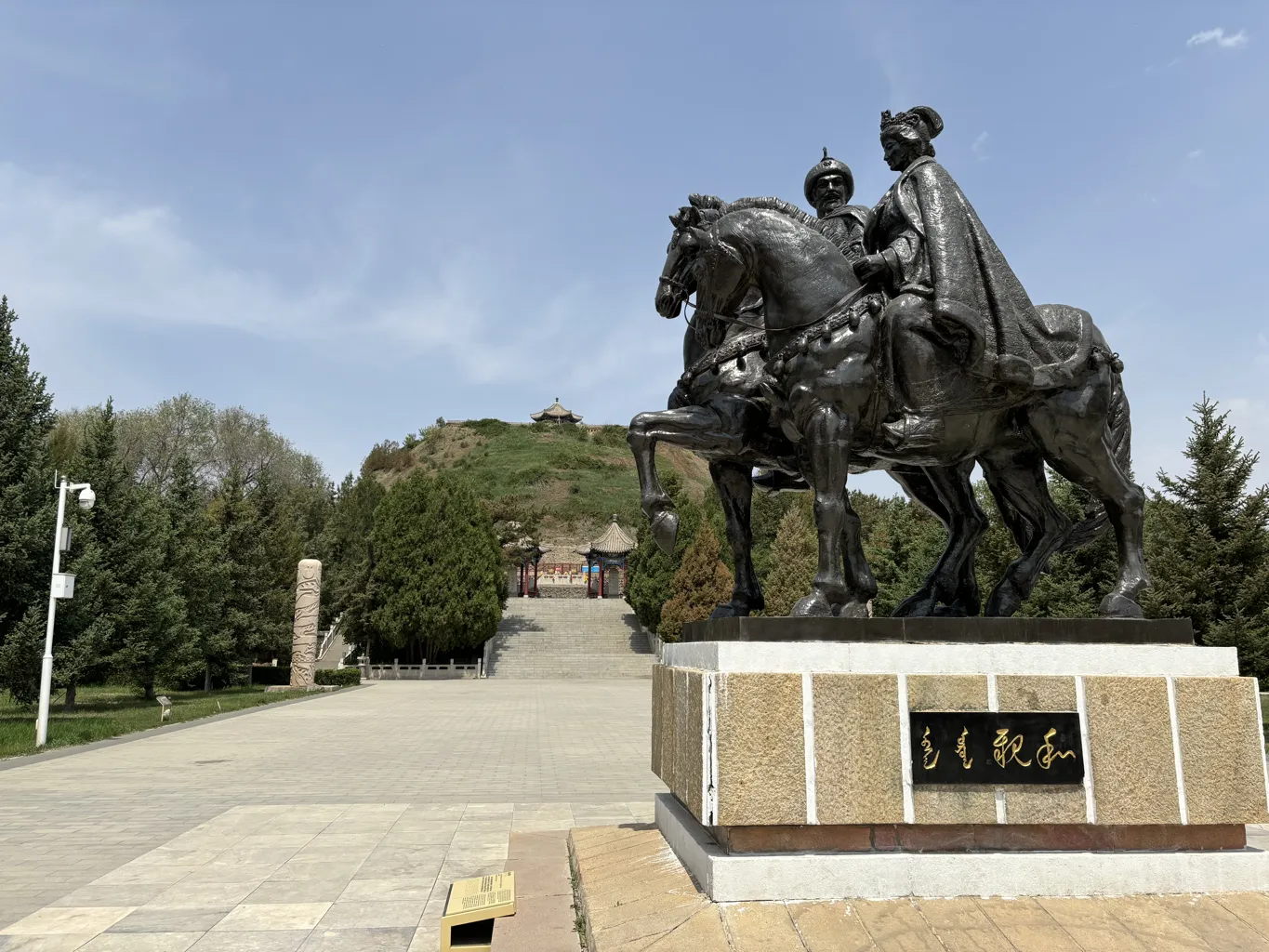
The Cultural Center of Peace through Marriage
Opened to the public in 2017, the Cultural Center of Peace through Marriage is a unique addition to the Zhaojun Museum, marking its fourth expansion. This theme museum, the only one of its kind in China, focuses on the role of marital alliances in fostering peace, amity, and harmony among various ethnic groups throughout Chinese history, from the pre-Qin period to the Qing Dynasty.
The exhibition hall showcases the rich historical and cultural significance of these alliances. It highlights how intermarriage has been a pivotal element in promoting economic and cultural exchanges, enhancing the integration of the Chinese nation, and bolstering the country’s stability and unity.
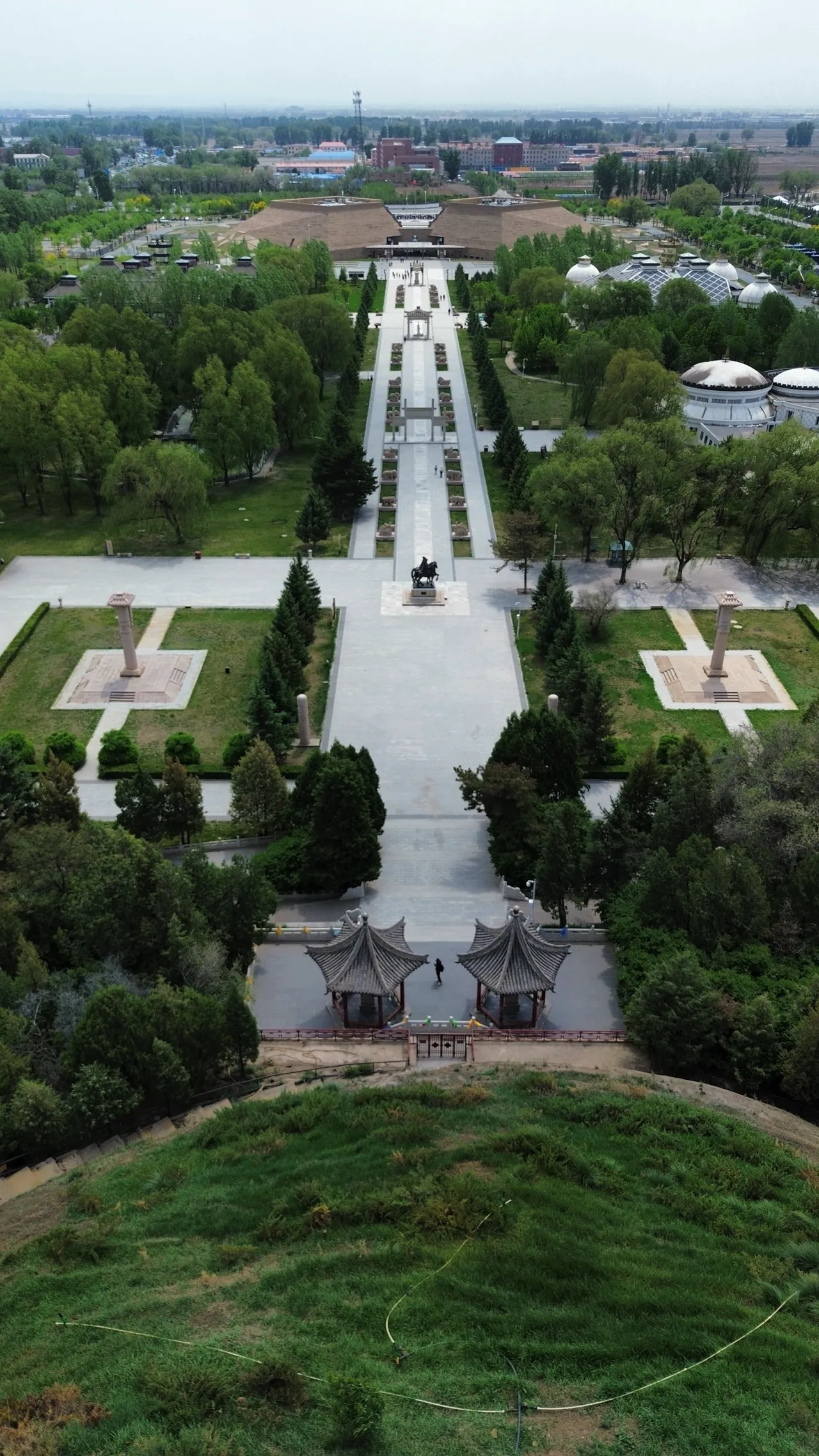
Intermarriage and Ethnic Relations in Ancient China
China has been a multi-ethnic country since ancient times, with ethnic relations historically characterized by both conflict and cooperation. Frequent wars brought significant suffering to people of all tribal heritages. However, peaceful resolutions, particularly through intermarriage, have proven effective in fostering mutual understanding, development, and progress among all ethnic groups.
The practice of intermarriage has not only influenced peace but also played a crucial role in the cultural and economic exchanges between diverse groups. This long-standing tradition has contributed to the continuous enhancement of the nation’s stability and unity. Comprehensive research into this intermarriage culture holds significant practical importance for building harmonious ethnic relations in today’s era.
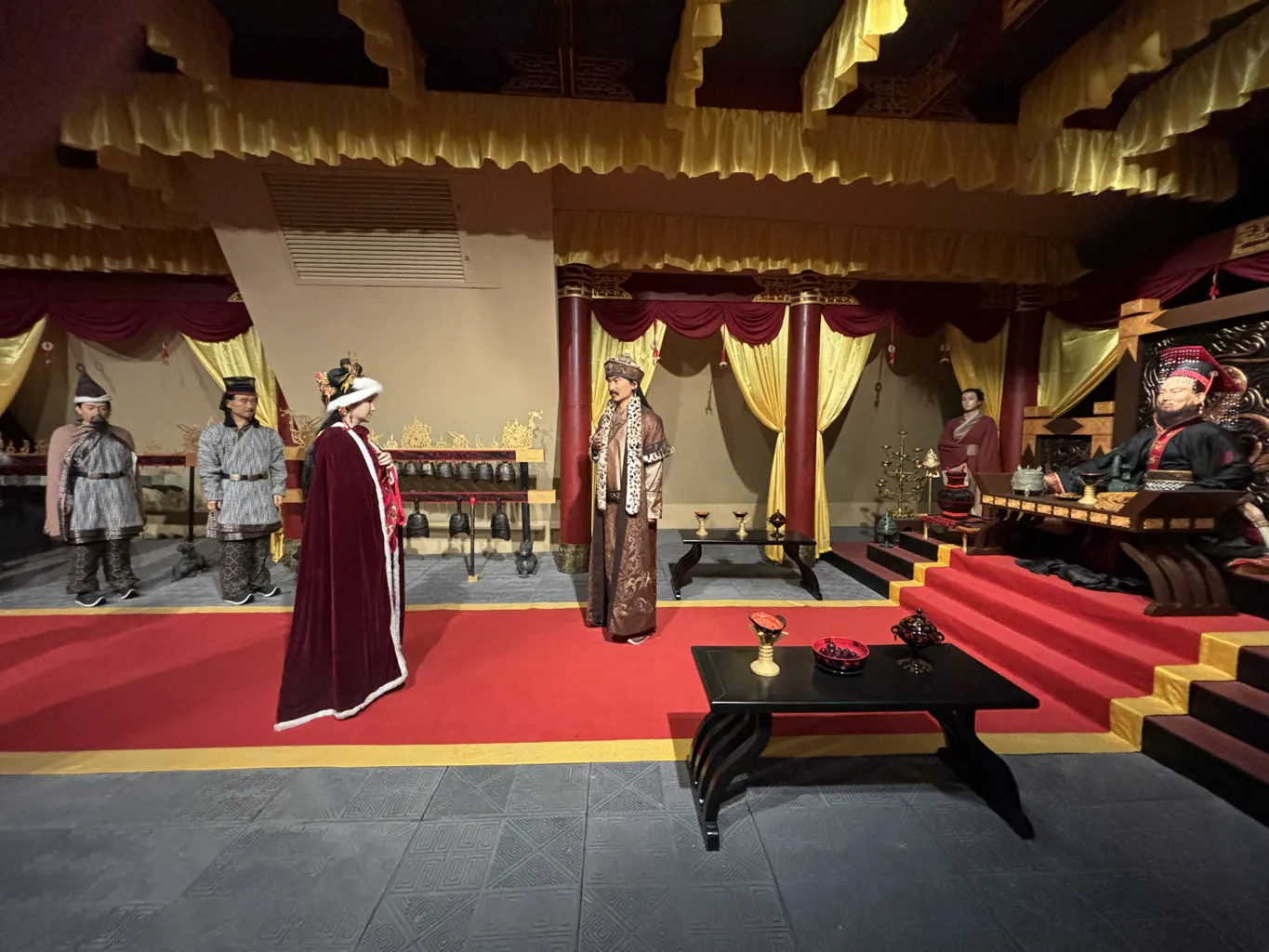
Imperial Matrimonial Policy in the Western Han Dynasty
The Western Han dynasty marked a crucial era for the development of the imperial matrimonial policy. This strategy primarily aimed to pacify relations between the Han empire and the nomadic regimes, notably the Xiongnu in the north and the Wusun in the west. The implementation of these matrimonial practices significantly reduced wars and conflicts. It facilitated peaceful borders, enhanced trading activities, and promoted production. Moreover, it fostered political, economic, and cultural exchanges between various ethnic groups. This policy also played a pivotal role in activating and broadening the grassland and desert Silk Roads.
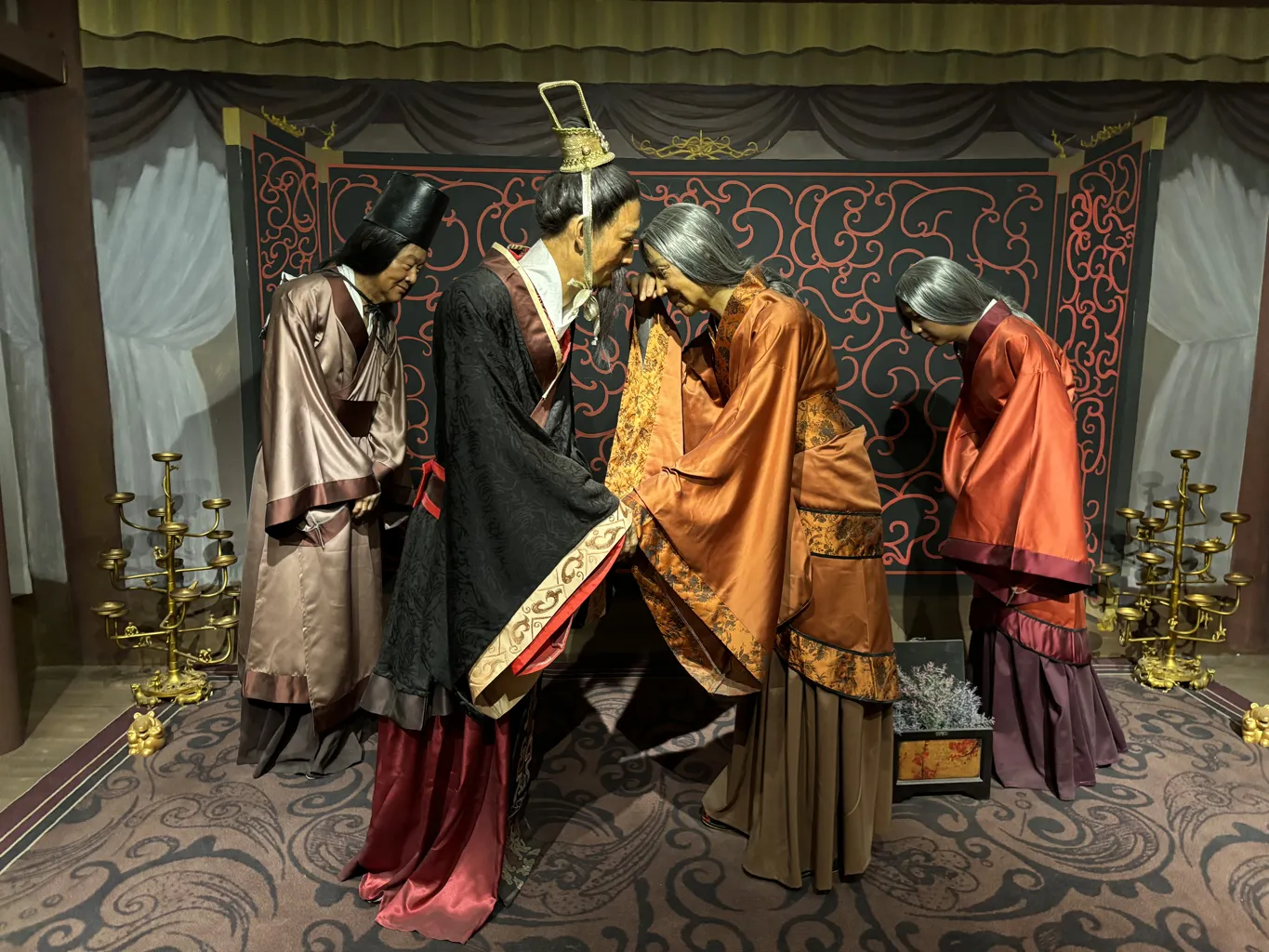
Challenges and Adaptations in the Eastern Han Dynasty
During the Eastern Han dynasty, attempts to engage the Xiongnu and Xianbei with imperial matrimonial proposals were largely unsuccessful. However, marriages among minority ethnic groups were not uncommon. This period was characterized by social upheaval, national splitting, and intense ethnic fusion. Complicated ethnic relations led to the establishment of numerous regimes by aristocrats from various ethnic groups. This era saw intensified conflicts, a scramble for control of the central regime, and an increased effort to gain external assistance.
As a result, imperial matrimonial practices became more diversified. Minority ethnic groups sought to achieve their political objectives through marriage-based alliances. Historians have recorded more than fifty such alliances during this time. These marriages significantly boosted economic and cultural exchanges among the groups. They also accelerated the historical process of ethnic fusion, shaping the socio-political landscape of the region.
Expansion of Imperial Matrimony in the Sui and Tang Dynasties
During the Sui and Tang dynasties, characterized by prosperous political, economic, and cultural undertakings, the imperial matrimony policy reached new heights. With a more open mentality, these dynasties approached all neighboring ethnic groups with greater intensity and wider coverage than in previous centuries. Notably, the marriages with Tibet and the Uighur stand out, initiating the practice of marrying off “authentic princesses” from the central court. This expanded the scope of marriages from northern and central China to southwestern China, a policy that persisted until the end of the Tang dynasty. For the minority ethnic groups, forming a matrimonial bond with the Tang empire was seen as a supreme political honor and a prominent political position.
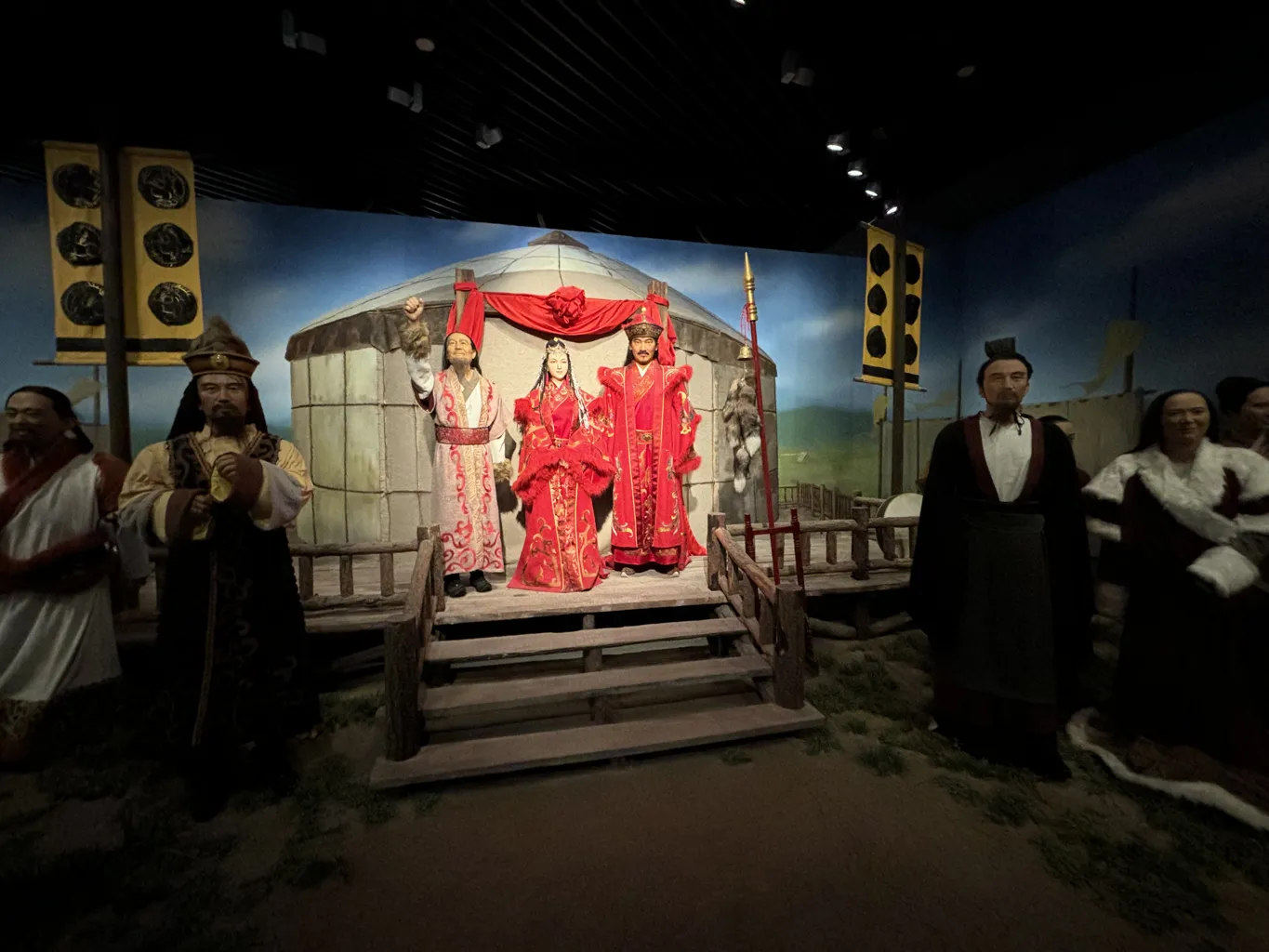
The Yuan Dynasty’s Strategic Marriages
The Mongols and their Yuan dynasty utilized the imperial matrimonial policy extensively to approach different ethnic groups and regimes. This included long-lasting marriages with the Onggud and Uighur of Gaochang, as well as transitory marriages with Western Xia and Jin. The strategic use of these marriages enabled the Mongols to replace the Southern Song and establish the Yuan dynasty, the first state regime in China ruled by a minority ethnic group. The relationships formed through these marriages had a profound and far-reaching influence on both China and the world.
Concluding Remarks on Imperial Matrimony
Imperial matrimony in ancient China, whether intended to pacify borders, expand territories, win allies, or stabilize situations, played a crucial role in easing conflicts among different ethnic groups and promoting national unity and solidarity. The history of imperial matrimony reflects the history of contacts, clashes, exchanges, and fusions among various ethnic groups in China. Conducting a meticulous study of the distinctive culture of marriages between different ethnic groups is of great significance. It aids in objectively understanding the ethnic relations in ancient China, strengthening solidarity among ethnic groups today, bolstering economic and cultural exchanges, propelling the commercialization of creativity, and enhancing the sense of national identity and cohesiveness of the Chinese nation.
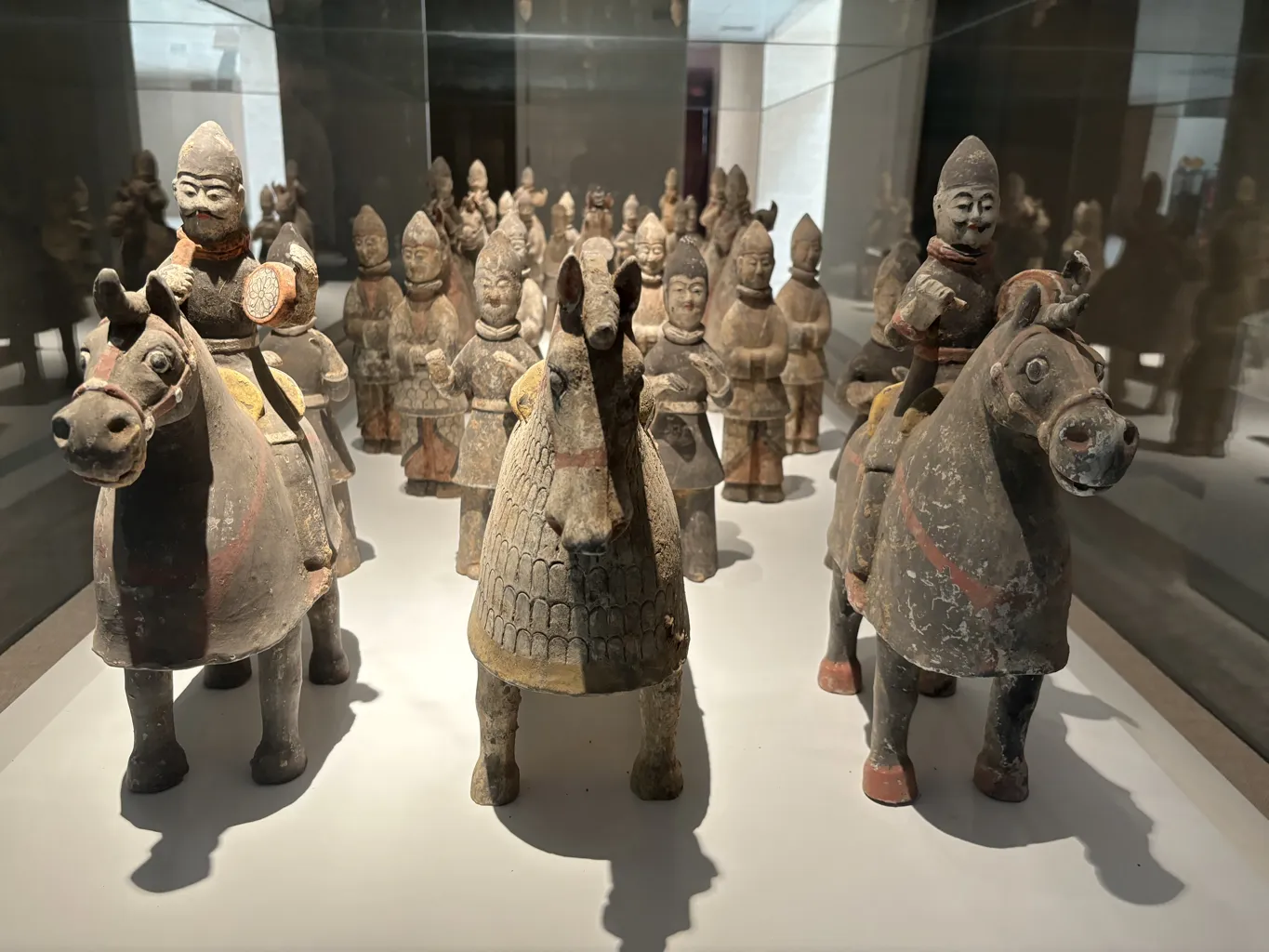
Wang Zhaojun: A Legacy of Beauty and Diplomacy
Over 2,000 years ago, Wang Zhaojun, a court maid of humble origins yet extraordinary beauty, embarked on a life-changing journey beyond the Great Wall. She braved harsh blizzards to marry the chief of the Xiongnu, a union that symbolized peace and cooperation. Her story shines brightly through history, inspiring countless generations. People from various backgrounds have admired her, celebrating her feats and beauty through poems, essays, lyrics, paintings, and dramas since the Han and Tang dynasties.
Wang Zhaojun is revered not only as a symbol of beauty but also as an envoy of friendship. Her marriage aligned with the historical tide, fostering friendly exchanges between the Xiongnu and the Han people. Her legacy continues to resonate, known in every household and honored by all ethnic groups. Her life and sacrifices exemplify the power of cultural diplomacy and the enduring quest for peace and understanding between diverse communities.
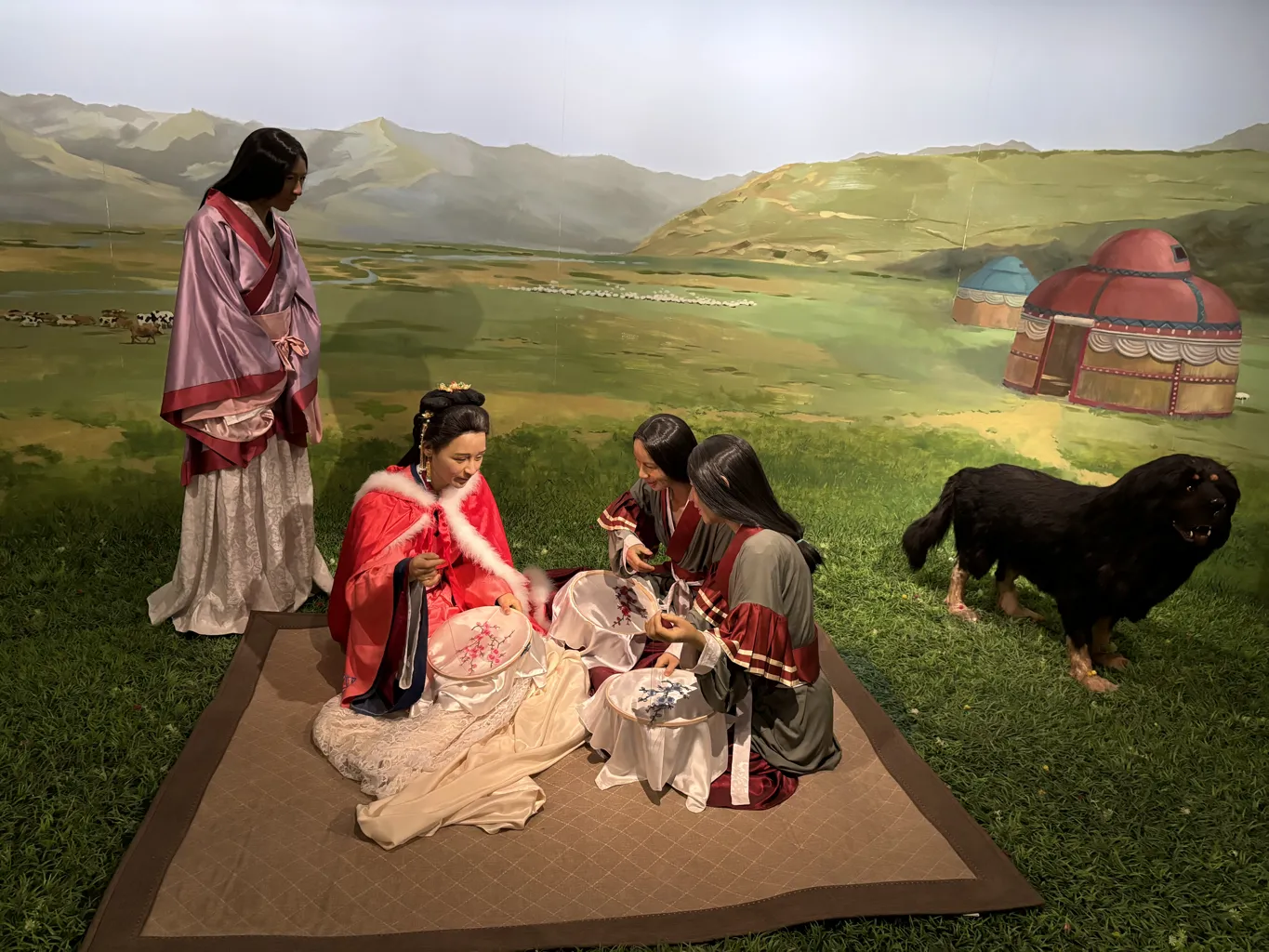
Years in the Imperial Palaces
In 37 BC, Wang Zhaojun entered the imperial palaces as a court maid, facing years of solitude and reflection. Her life in the palace was marked by long periods of boredom and loneliness, as she rarely had the opportunity to be summoned by the emperor. During these quiet years, Wang Zhaojun pondered deeply about the purpose of her life. In 33 BC, when Huhanye Chanyu, the chief of the Xiongnu who had submitted to the Han dynasty, requested an imperial marriage, Wang Zhaojun stepped forward. She volunteered to marry beyond the Great Wall, embracing her role in a mission that would bridge cultures.
Her marriage to the Chanyu significantly enhanced the political, economic, and cultural exchanges between the Xiongnu and the Han people. This union laid the groundwork for ethnic fusion, fostering a period of peace and cooperation between these two civilizations.
Years on the Grassland
The marriage of Wang Zhaojun to Huhanye Chanyu was celebrated with a grand wedding ceremony. Upon their union, she was honored with the title Ninghu Yanzhi and later gave birth to a son. After the death of Huhanye Chanyu in 31 BC, his son from a previous queen, Diaotao Mogao, ascended to the throne. Diaotao Mogao then married Wang Zhaojun, and their union produced two daughters.
Throughout her three decades on the grassland, Wang Zhaojun maintained amicable relations with the local people. Her presence and efforts significantly contributed to the ongoing economic and cultural exchanges between the Xiongnu and the Han people. Her life on the grassland is remembered through various folklores and historical remains, highlighting her role as a catalyst for unity and cooperation.
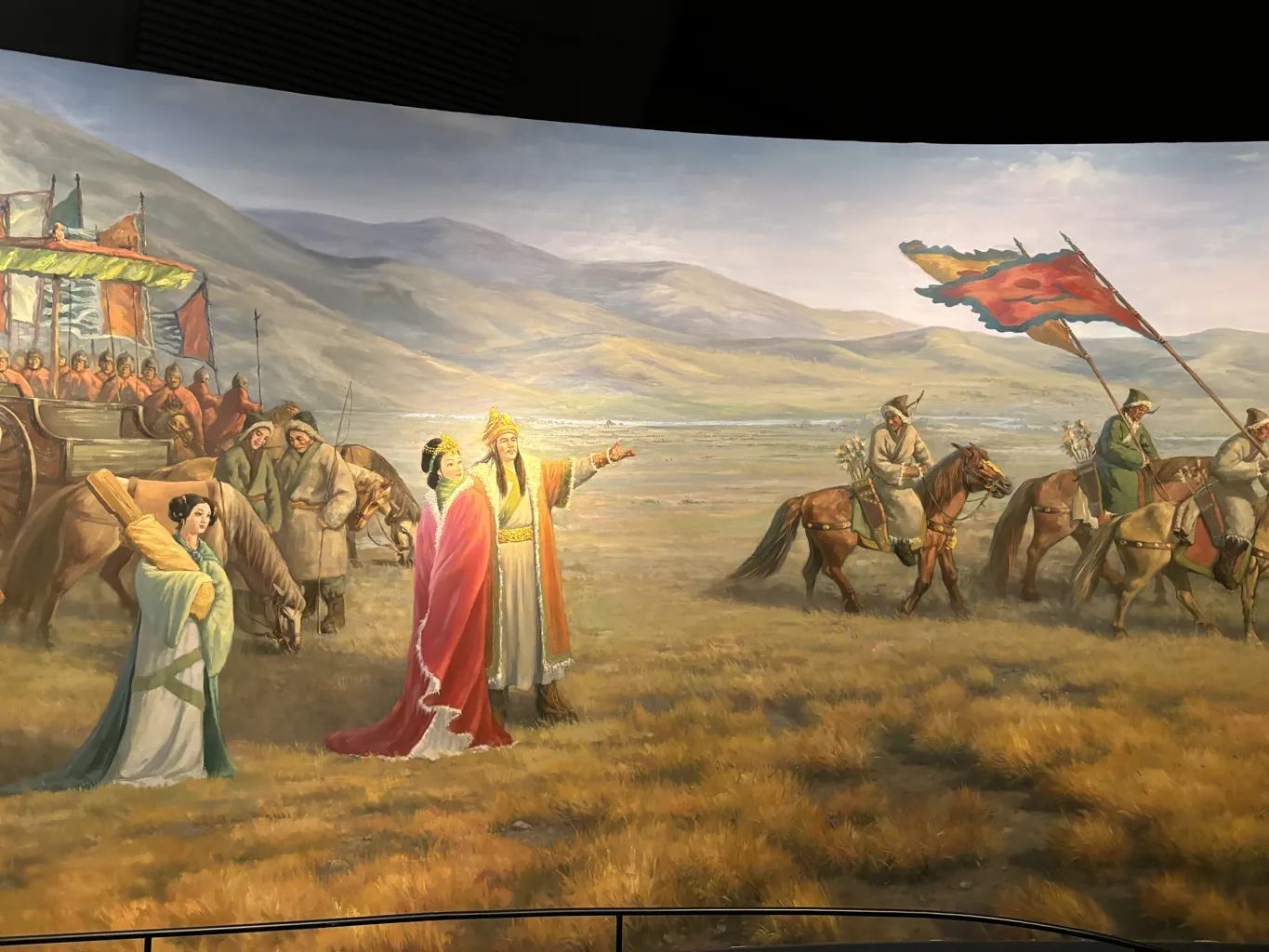
Xiongnu and the Central Plains
The Xiongnu, originating from the Daqingshan Mountain areas in Inner Mongolia, were the first nomadic group in northern China to establish a regime in Chinese history. From their emergence in the 3rd century BC to their extinction in the 5th century AD, the Xiongnu played a pivotal role in the ethnic history of China. Over these seven centuries, they staged numerous significant events that influenced both Chinese and world history.
The Xiongnu people developed a rich nomadic culture, characterized by distinctive ethnic and folk traditions. Their long history of nomadism is well-documented through the large quantities of historical relics found during archaeological excavations in the Gobi Desert. These artifacts vividly showcase the glorious history and splendid culture of the Xiongnu, marking them as an integral part of Chinese heritage.
Sources:
Signage from a visit to the site of The Tomb of Wang Zhaojun

